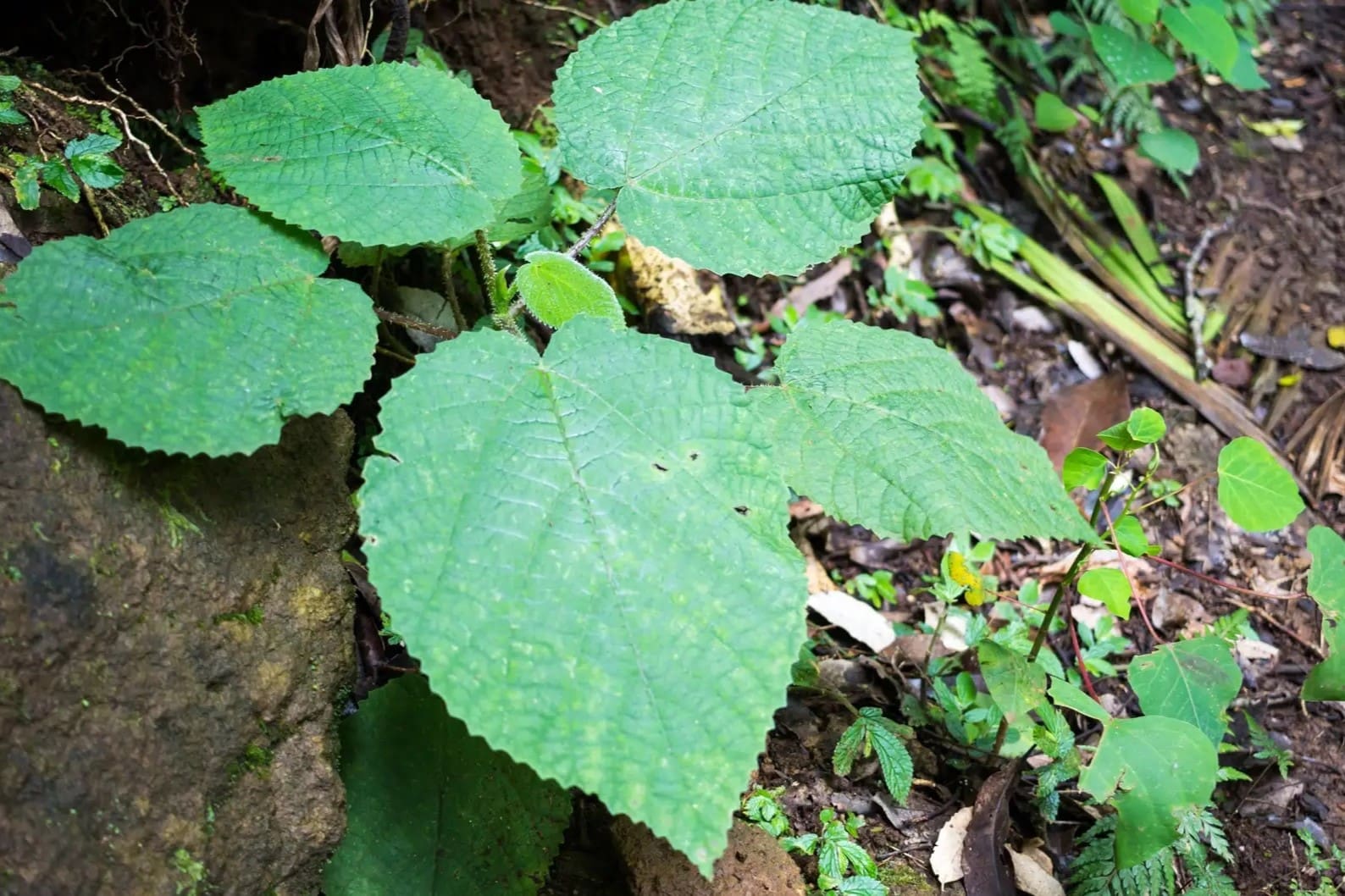
What is the Gympie Gympie plant? This plant, also known as Dendrocnide moroides, is one of the most dangerous plants in the world. Found primarily in Australia, its sting can cause excruciating pain that lasts for weeks or even months. The Gympie Gympie plant is covered in tiny, needle-like hairs that inject a potent toxin when touched. This toxin can cause severe allergic reactions, intense burning sensations, and even hospitalization. Despite its painful sting, the plant has beautiful, heart-shaped leaves and small, purple fruit. Understanding this plant is crucial for anyone exploring the Australian rainforest.
Key Takeaways:
- Beware of the Gympie Gympie! This Australian plant may look harmless, but its sting can cause excruciating pain and even long-term effects. Avoid it at all costs!
- Fascinating and Dangerous! Gympie Gympie's painful sting serves as a defense mechanism, and ongoing research aims to understand its toxin for potential medical applications.
What is Gympie Gympie?
Gympie Gympie, also known as the stinging tree, is a plant native to Australia. It is infamous for its painful sting, which can cause severe discomfort lasting for weeks or even months. Here are some fascinating facts about this notorious plant.
-
Scientific Name: The scientific name of Gympie Gympie is Dendrocnide moroides.
-
Appearance: It has large, heart-shaped leaves covered in fine, needle-like hairs.
-
Habitat: This plant thrives in the rainforests of northeastern Australia.
-
Sting Mechanism: The plant's hairs inject a potent neurotoxin when touched.
-
Pain Duration: The pain from a sting can last from a few hours to several months.
-
Historical Use: Indigenous Australians used the plant for medicinal purposes despite its painful sting.
-
Animal Reactions: Even large animals like horses can suffer severe reactions from the sting.
-
Protective Gear: Researchers studying the plant often wear protective clothing to avoid being stung.
-
Chemical Composition: The toxin contains a compound called moroidin, which is responsible for the intense pain.
-
First Aid: Applying diluted hydrochloric acid can help neutralize the sting.
How Dangerous is Gympie Gympie?
The Gympie Gympie plant is not just painful; it can be extremely dangerous. Understanding its risks is crucial for anyone venturing into its habitat.
-
Potential Fatality: In rare cases, the sting can be fatal, especially if it causes an allergic reaction.
-
Respiratory Issues: Inhaling the plant's hairs can cause respiratory problems.
-
Skin Reactions: The sting can cause severe skin irritation, swelling, and redness.
-
Long-term Effects: Some people report lingering pain and sensitivity for years after being stung.
-
Immediate Pain: The pain is often described as immediate and excruciating, similar to being burned by acid.
-
Nerve Damage: The toxin can cause temporary nerve damage, leading to numbness and tingling.
-
Psychological Impact: The intense pain can lead to anxiety and fear of the plant.
-
Medical Attention: Severe stings often require medical treatment to manage pain and prevent complications.
-
Protective Measures: Avoiding the plant and wearing protective clothing are the best ways to prevent stings.
-
Awareness: Educating people about the plant's dangers can help reduce the risk of accidental stings.
Interesting Facts About Gympie Gympie
Despite its dangerous nature, Gympie Gympie has some intriguing aspects that make it a subject of fascination.
-
Botanical Relatives: It belongs to the nettle family, which includes many less harmful plants.
-
Pollination: The plant relies on wind and insects for pollination.
-
Growth Rate: Gympie Gympie grows rapidly, reaching up to 10 feet in height.
-
Leaf Regeneration: The plant can quickly regenerate its leaves after they are damaged.
-
Ecological Role: It plays a role in the rainforest ecosystem by providing habitat and food for certain insects.
-
Historical Accounts: Early European explorers documented their painful encounters with the plant.
-
Scientific Research: Ongoing research aims to understand the plant's toxin and potential medical applications.
-
Cultural Significance: The plant is part of local folklore and has been featured in various stories and legends.
-
Survival Strategy: Its painful sting serves as a defense mechanism against herbivores.
-
Adaptation: The plant has adapted to thrive in the harsh conditions of the Australian rainforest.
How to Identify Gympie Gympie
Knowing how to identify Gympie Gympie can help you avoid its painful sting. Here are some key characteristics to look for.
-
Leaf Shape: The leaves are large, heart-shaped, and have serrated edges.
-
Leaf Texture: The leaves are covered in fine, needle-like hairs that can sting.
-
Stem: The stem is also covered in stinging hairs.
-
Flowers: It produces small, white or pinkish flowers in clusters.
-
Location: Look for the plant in the understory of rainforests, often near water sources.
The Final Sting
Gympie Gympie, also known as the stinging tree, is one of nature's most fascinating yet dangerous plants. Its sting can cause excruciating pain lasting for weeks, even months. This plant's tiny, hair-like needles inject a potent toxin that makes it infamous among hikers and researchers alike. Despite its painful reputation, Gympie Gympie plays a crucial role in its ecosystem, providing food and habitat for various insects and animals.
Understanding this plant helps us appreciate the delicate balance of nature. While it’s best to steer clear of Gympie Gympie, knowing about it can prevent accidental encounters. Always stay informed and cautious when exploring areas where this plant grows. Nature's wonders come with their own set of challenges, and Gympie Gympie is a stark reminder of that. Stay safe, stay curious, and respect the wild.
Frequently Asked Questions
Was this page helpful?
Our commitment to delivering trustworthy and engaging content is at the heart of what we do. Each fact on our site is contributed by real users like you, bringing a wealth of diverse insights and information. To ensure the highest standards of accuracy and reliability, our dedicated editors meticulously review each submission. This process guarantees that the facts we share are not only fascinating but also credible. Trust in our commitment to quality and authenticity as you explore and learn with us.


